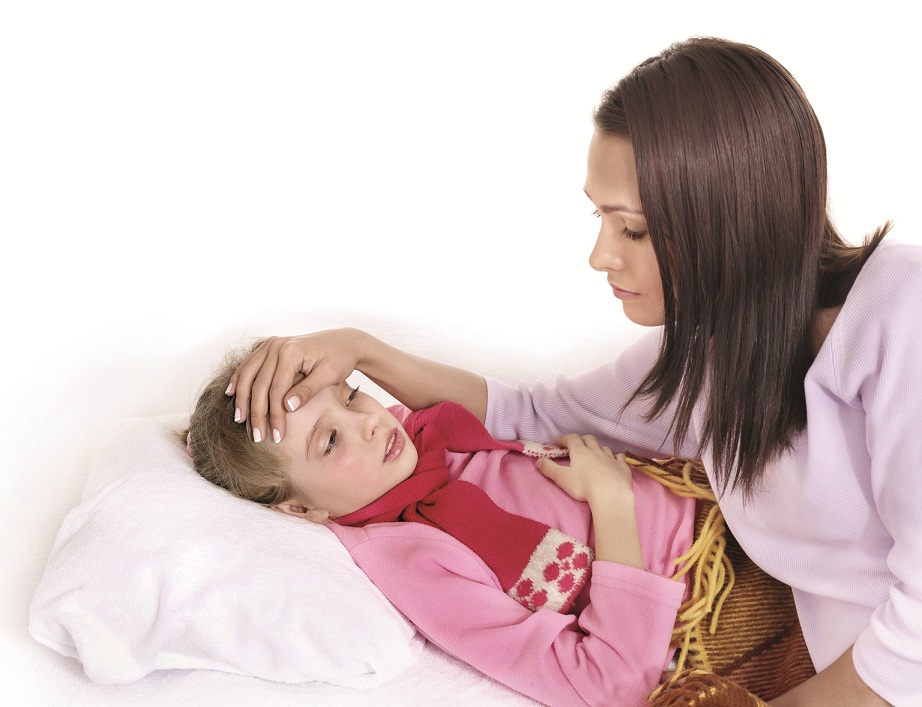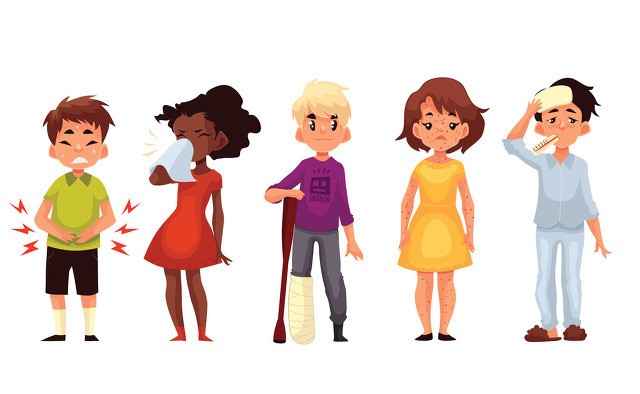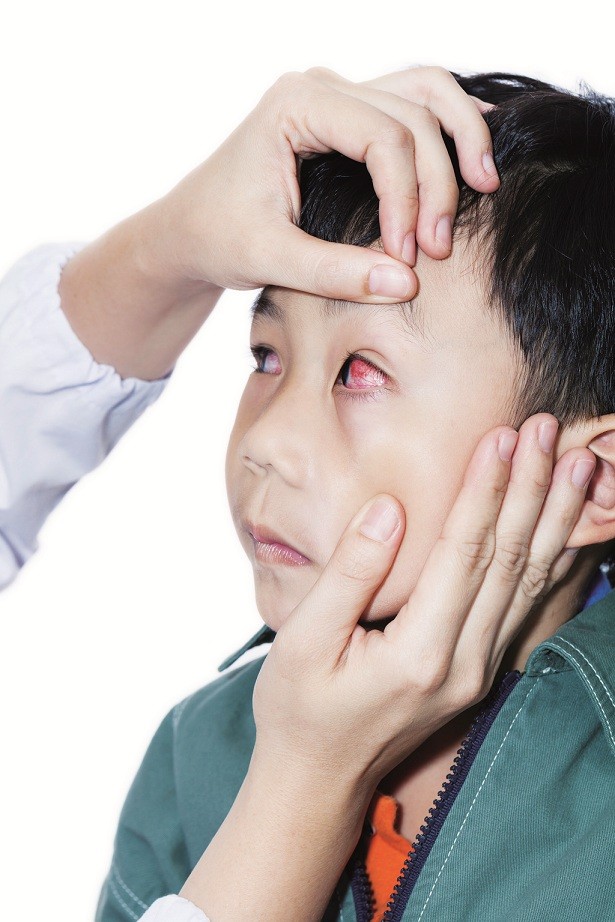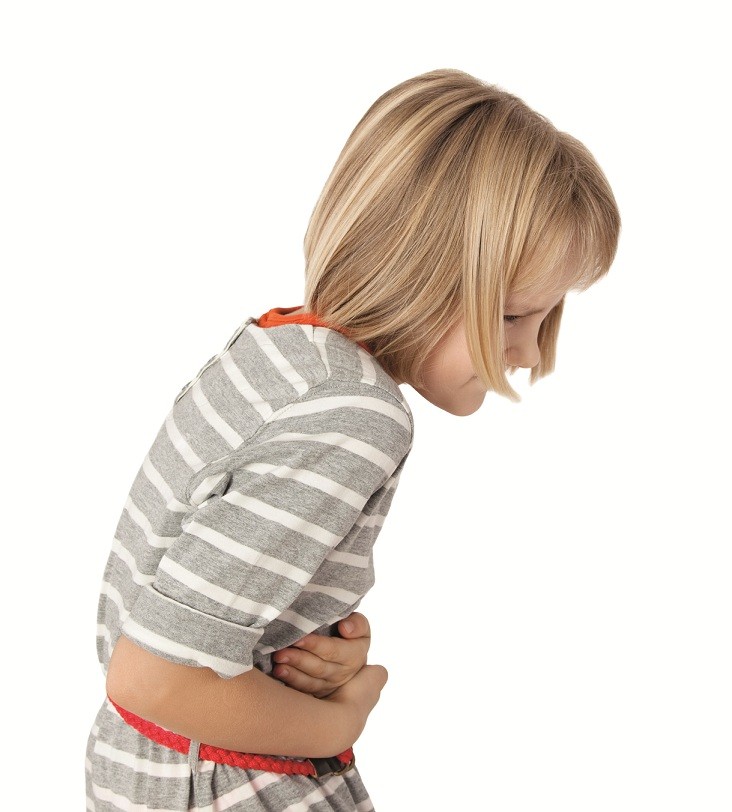
School is an incredibly important place for kids to gain knowledge and develop mental and interpersonal skills, but it is also a hotspot for bacteria and viruses. What’s more, with the change in season and the weather rapidly reducing in temperature, now is the time that your children are likely to start feeling unwell. Not to worry though, specialists on behalf of ParkwayHealth explain the five most common childhood illnesses and offer some advice on how to help your child recover.
1. Common Cold
You probably know the drill: Treat a mild fever, congestion, coughing, and a sore throat with lots of fluids and rest. Colds usually trigger an immune system response that causes sore throats, cough, headaches, and sneezing. Your child may also develop a stuffy or runny nose, and mild fever.
Should the fever persist for more than five days, or if there is nausea or diarrhoea, it is advisable to consult with a doctor. Infectious disease specialists at Mount Elizabeth Novena Hospital explain that although it is rare for a common cold to develop into a more serious case, like pneumonia, it is better to see a doctor when symptoms manifest with more coughing, breathlessness and persistent fever.
Prevention tip
Make sure your child washes their hands properly and often, and remind them not to touch their eyes, nose, or mouth. You can also strengthen your child’s immune system by making sure they get enough sleep, eat a healthy diet, and get of lots of exercise.
2. Influenza (Flu)
The flu comes on hard and fast: a fever of up to 40°C, body aches and chills, a headache, sore throat, cough and sometimes also vomiting and diarrhoea. Compared to a common cold, flu symptoms consist more of a fever, headaches and muscle pains, than coughing, a sore throat or a runny nose. The flu tends to be more severe and patients are more likely to be confined to the bed during the illness. When the flu strikes the young and elderly in particular, there is a higher chance of developing pneumonia. Doctors advise consulting a doctor early in these cases so as to reduce the risk of it taking a turn for the worse.
Prevention tip
Influenza vaccinations are up to 90% effective in preventing influenza two weeks after the injection. At other times, though, be sure to remind your children to wash their hands frequently and thoroughly, and to wear a face mask to prevent spreading it to others.

3.Pink Eye
Your child may complain of eye irritation or sensitivity to light, and you may notice excessive tearing or discharge, swollen eyelids and redness in the whites of the eyes (hence the name 'pink eye'). According to ophthalmologists at Mount Elizabeth Hospital, pink eye can be the result of either an infection or allergy but is most commonly caused by viruses that may be associated with colds. Since pink eye is most commonly caused by viruses, it usually resolves on its own without any treatment. However, if the condition is caused by a bacterial infection, antibiotic eye drops or ointment will be required.
Prevention tip
Pink eye is easily passed from person to person, which is why children who have been diagnosed are kept out of school until they’ve started treatment and are no longer contagious. Remind kids to not touch their eyes, nose, or mouth; this is a good way to ward off pink eye as well as other infections.

4. Hand, food and mouth disease (HFMD)
Both adults and children can be affected, but young children aged five or younger are more susceptible to this. A child with HFMD may show tell-tale signs including fever, sore throat, mouth ulcers on the inside of the mouth or sides of the tongue, rash or small blisters on palms of hands, soles of feet, and/or buttocks, as well as lethargy, and poor appetite. Individuals with HFMD are highly infectious meaning the disease spreads rapidly within the same family. Therefore, infected individuals should ideally be kept away from others.
The key to a quick recovery is adequate fluids and rest. Taking sweetened iced drinks or popsicles can help alleviate the pain caused by mouth ulcers while keeping the infected person hydrated. Painkillers can also help to alleviate discomfort. Should the patient become dehydrated, they may require hospitalisation for intravenous hydration.
Keep in mind that the virus may still be found in the stools for a few months after recovery, so it is imperative that your family maintains good hygiene habits.
Prevention tip
There is no vaccination available for HFMD but you can lower the risk of becoming infected by washing your hands frequently with soap and water and avoiding contact with those who are infected.

5. Stomach flu
Stomach flu is a lot worse than a “tummy ache” as it causes vomiting, diarrhoea, and intense abdominal pain. There are a wide variety of viruses that can cause stomach flu but most stomach viruses clear up within a few days to a week and require nothing more than rest. Doctors recommend that if your child shows symptoms of stomach flu, keep them hydrated with water and isotonic drinks, and avoid oily/spicy food and dairy products for the initial few days until the symptoms resolve. Should you or your children suffer a high fever of more than 38.5°C, severe abdominal pain, or an inability to hydrate due to severe vomiting consult a doctor immediately.
Prevention tip
If someone in your household contracts stomach flu, it is highly likely that someone else will become affected in approximately 48 hours. The best way to contain the virus is to keep the person already affected in isolation. Remind your children to always practise good hygiene by regularly washing their hands with soap and keep your household surfaces clean.